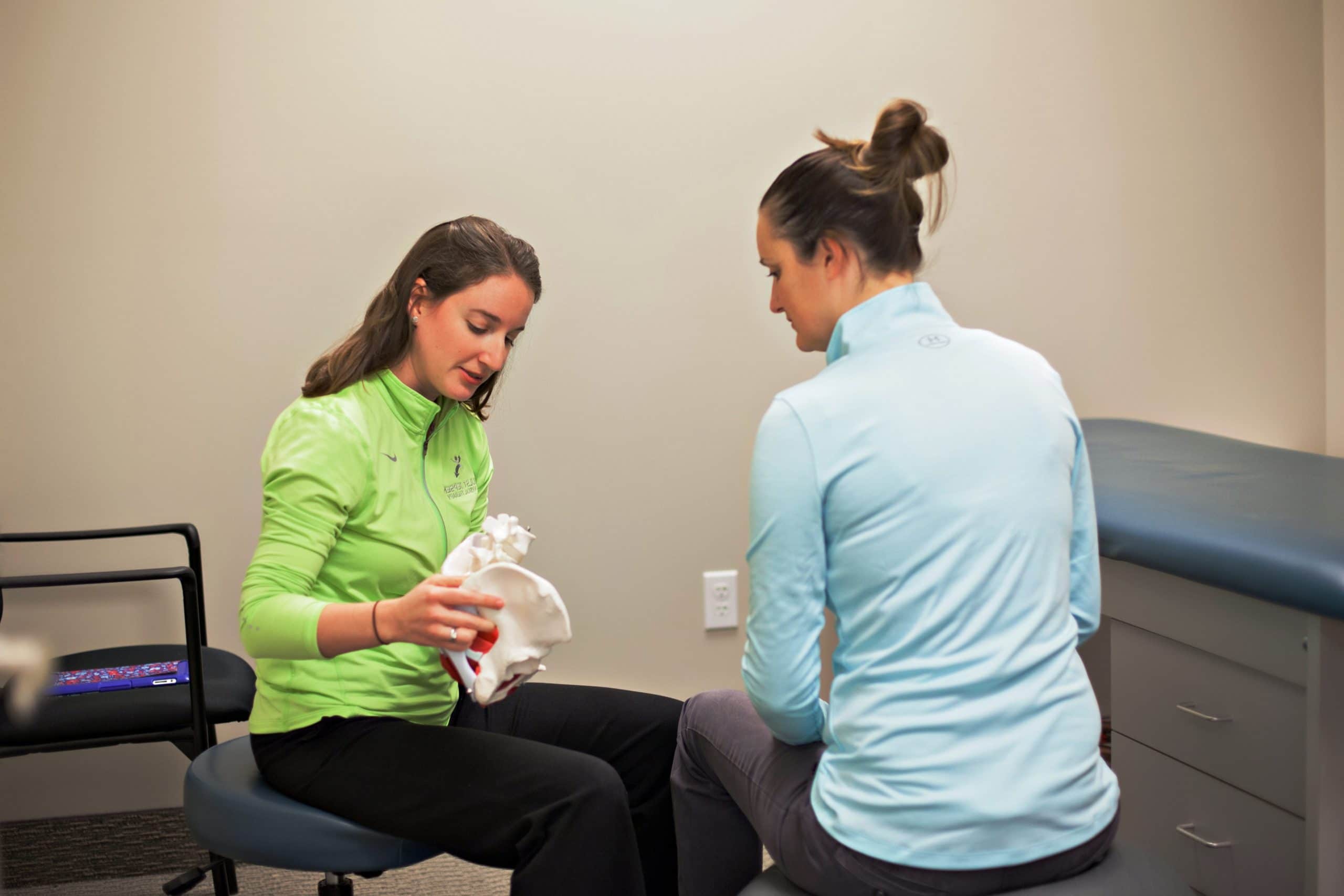
September 7, 2024
Postpartum Urinary Incontinence
Childbirth & Urinary Incontinence Urogynecology & Pelvic Health And Wellness This added stress on the bladder makes it simpler for any kind of extra exertion, such as chuckling, sneezing or working out, to press pee out of the bladder. This is why women that are expecting frequently have moderate urinary system incontinence while pregnant. During a very first pregnancy, more than one-third of ladies establish temporary anxiety incontinence.What To Expect After Anticipating: Tension Urinary System Incontinence
- For them, the likelihood of incontinence and the discomfort of pelvic prolapse developing later in life are more common.
- Your stitches will need dressings altered and checking for infection.
- The good news is, there are therapy choices for this problem.
- The therapy will depend upon what sort of urinary incontinence you have and exactly how severe it is.
- UT Southwestern has among the biggest Female Pelvic Medicine and Cosmetic surgery departments in the country.
- Urinary incontinence describes any unintentional or uncontrolled loss of urine from the bladder.
What Should I Buy For Postpartum Recuperation?
Think about allowing some lesser jobs move so that you can utilize the time to focus on what's truly important now. Sometimes the root cause of a pregnancy-related fatality is not known. Childbirth brings the present of an attractive brand-new relative, but additionally leaves behind some not-so-fun reminders of the process that was pushing a whole human out of you. Whether C-section or normal maternity, it is normal to feel discomfort in the reduced areas following the maternity. A doctor may recommend using a comfort pillow or cold pack to eliminate the discomfort. If you had a caesarean section, you have actually had significant abdominal surgical treatment. It will certainly require time for your body to recuperate and you will certainly be given strong discomfort alleviation for the initial few days. Your stitches will certainly need dressings transformed and keeping an eye on for infection. Vaginal discharge, called lochia, is regular in the initial days after delivering. As the child's head comes down right into the hips, it presses versus the muscles that line the inside of the pelvis. The further down the child's head enters into the hips, the higher the pressure versus these muscle mass and underlying nerves. After the cervix is absolutely dilated, the pressing stage of labor starts. The mom is generally asked to await a tightening to begin, then hold her breath, and birth down as hard as she can in order to push the infant out.Just how can I reinforce my bladder after delivering?
What triggers postpartum incontinence? Sometimes urinary incontinence is a temporary problem that will disappear when the cause ends. This is frequently the case when you have a problem like an urinary system tract infection(UTI). When dealt with, frequent urination and leak issues triggered by
Social Links